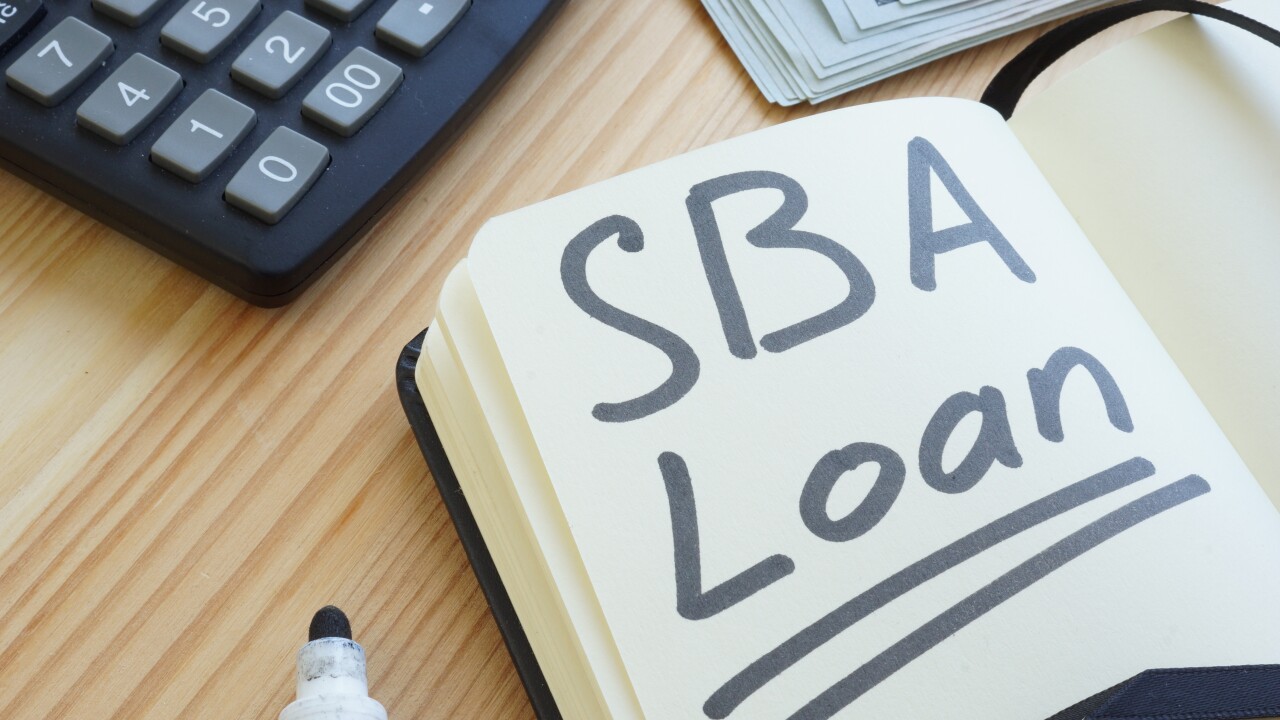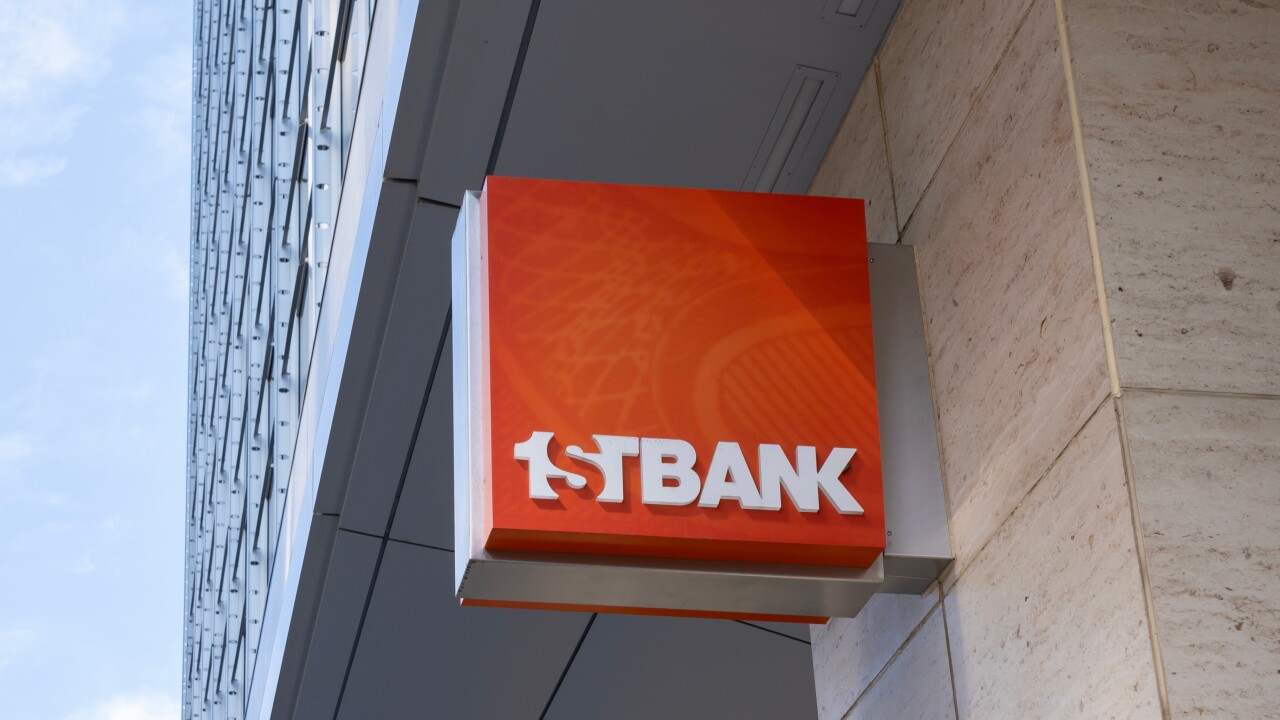Person-to-person payments have been delivering huge improvements around the globe in areas where cash is difficult to use. But in countries where cash suffers little hardshipincluding the U.S., the U.K. and Canadathe P2P business case is very different.
Because there is much less pent-up demand for these services in developed countries, the companies developing P2P systems almost always offer them to consumers for free or bundle them as a mere perk on top of more robust payment and banking services.
The holy grail for mobile P2P systems is to duplicate the success M-Pesa has demonstrated in Africa, where users treat their phones as true substitutes for a wallet. Vodafone has attempted to
"You can't necessarily transfer a model that worked in sub-Saharan Africa and take it to the unbanked in the U.S.," said Windsor Holden, the head of forecasting and consulting at Juniper Research in London. "You're talking about limited use cases. Cash is very far from being dead."
There's no shortage of companies that are either offering or about to offer P2P services for free, including
A good illustration of the challenge is
Holder predicts that others will follow Barclays' moves within the next year and a half, even if they cannot articulate a business case for doing so. "Why would they do it? Because Barclays is doing it," he said.
And Barclays is doing it with the hope that some of the app's users who will be surrounded by plugs for Barclays on every page of the mobile app will deepen their relationships with the bank.
But by casting P2P as a marketing tool, Barclays and other companies dodge the question of whether the technology can make money.
Twitter has 13.5 million Twitter users in the U.K., giving the bank's app a wide user base with identifiers that are more memorable than a bank account number or even a phone number. Anyone drawn to the Pingit app may be receptive to using it for add-on services, such as rush payments or bill payments. And Barclays could attach a fee to these services (today, Barclays receives a fee from Pingit users only for behavior that would have incurred a fee under other circumstances, such as if a payment
The average U.K. P2P payment is about £50 (roughly $78 U.S.). "If Barclays can get five percent, they are doing very well," Holden said, adding that two to three percent might be more realistic. "You really can't charge more."
Given that it would likely be a pre-transaction as opposed to a flat monthly fee another calculation is how many times will the average consumer would use the service. If you consider anyone to be beyond the experimental phase when they hit 10 fee-generating transactions, Holden drops his revenue estimate in half, with those Twitter P2P purchases perhaps generating £150,000. ''Where, realistically, is the market for person-to-person transactions? There isn't a significant demand for them."
In the U.S., Holden said, there are two relevant groups: the banked and the unbanked. The banked have sufficient free P2P channels that they won't feel compelled to pay for yet another option. And even though the unbanked could use the service, they may not think themselves able to afford any of the fees. (Check-cashing shops are in a different situation, since the service is more of a must-have for the unbanked consumer who is not paid in cash.)
There are, however, precedents in banks getting consumers to pay for services that are typically offered for free.





